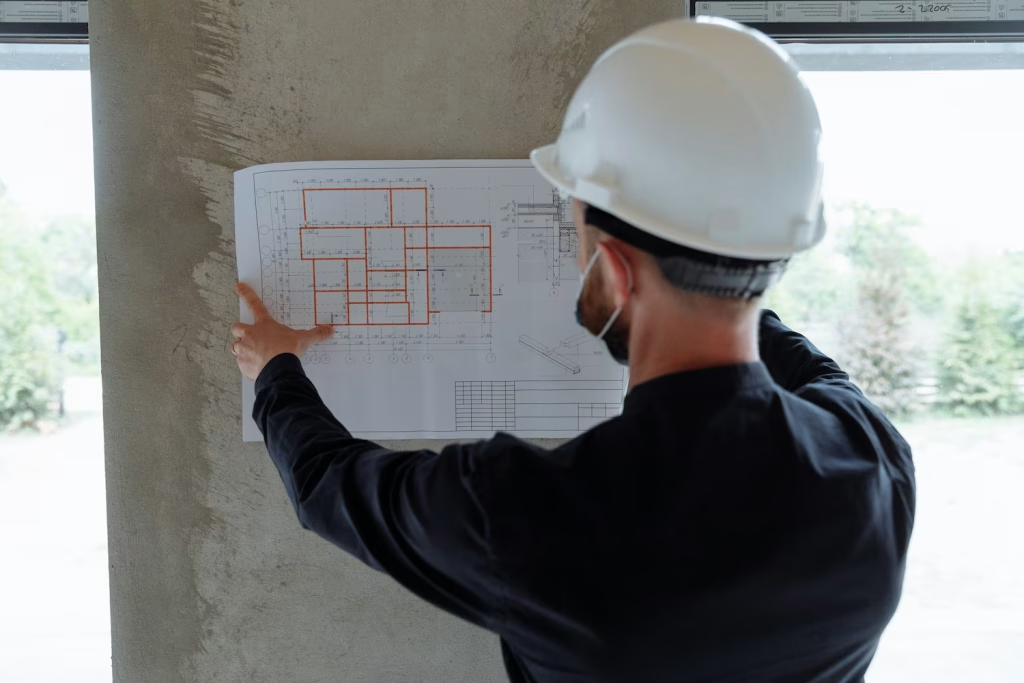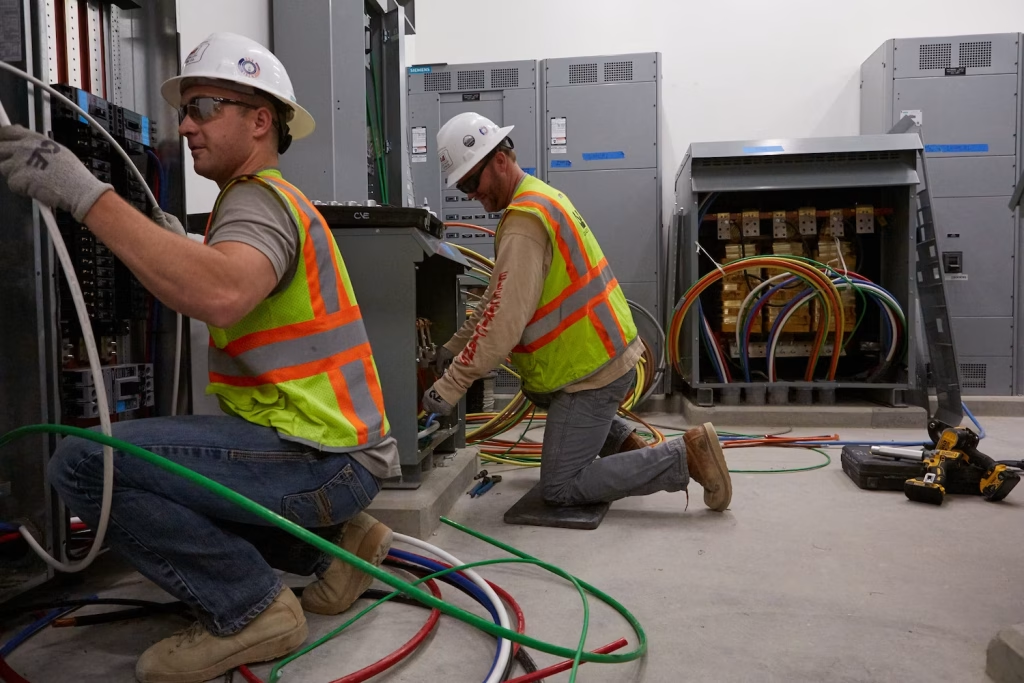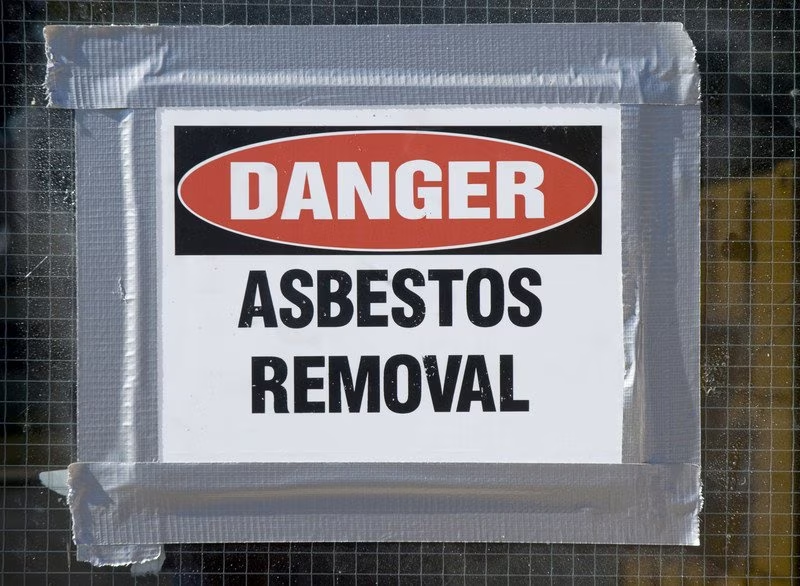How to Get Your C-10 Electrical Contractor License in California

If you’re planning to do electrical work in California, getting a C-10 electrical contractor license is a must. This license, issued by the Contractors State License Board (CSLB), allows you to legally take on electrical projects as a licensed contractor.
In this guide, we’ll walk you through everything you need to know — from eligibility requirements and the application process to exam tips and what to expect after you’re licensed.
Whether you’re just starting out or looking to level up your electrical career, this step-by-step breakdown will help you navigate the path to becoming a licensed C10 electrical contractor in California.
Table of Contents
What is a C-10 Electrical Contractor License?
A C-10 electrical contractor license is a classification issued by the California Contractors State License Board (CSLB) that allows individuals or businesses to perform electrical work in the state. This includes installing, repairing, or maintaining electrical systems such as wiring, lighting, and power systems in residential, commercial, and industrial settings.
To put it simply, if you’re working with electrical wiring or systems and getting paid for it in California, you legally need a C-10 license. Without it, you’re not allowed to pull permits or bid on electrical jobs above $500 in labor and materials.
Holding a C-10 license not only ensures you’re compliant with state law but also builds trust with customers, general contractors, and inspectors.
Who Needs a C-10 Electrical Contractor License?

Anyone in California who wants to perform electrical work valued at $1,000 or more (including labor and materials) must hold a C-10 electrical contractor license. This applies whether you’re working on a small residential job or a large commercial project.
Here are some examples of who needs a C-10 license:
- Independent electricians who want to run their own business
- Electrical subcontractors bidding on parts of a larger project
- Business owners hiring staff to perform electrical installations
- Professionals looking to work directly with clients and pull permits
If you’re currently working as a journeyman electrician, you can perform hands-on electrical work under a licensed contractor — but you’re not legally allowed to take on jobs independently or sign contracts with customers. To do that, you need your own C-10 license.
Requirements to Get a C-10 Electrical Contractor License
Before you can apply for a C-10 electrical contractor license in California, you need to meet specific eligibility requirements set by the Contractors State License Board (CSLB). These are designed to ensure that applicants have the necessary experience and qualifications to perform electrical work safely and legally.
✔️ Basic Eligibility Requirements:
- At least 18 years old
- Legal right to work in the United States
- A valid Social Security number or ITIN
🛠️ Experience Requirement:
You must have at least four years (full-time) of journey-level experience in electrical work. This experience must be recent (within the last 10 years) and directly related to the C-10 classification.
Accepted roles include:
- Journeyman electrician
- Foreman or supervisor
- Contractor (from another state or license class)
- Owner-builder doing your own electrical work
📝 Documentation:
You’ll need to submit a completed experience certification form, typically signed by someone who supervised your work (such as a licensed contractor, supervisor, or employer). The CSLB may request additional proof, such as tax documents, pay stubs, or W-2s.
How to Apply for a C-10 Contractor License
Once you’ve confirmed you meet the requirements, the next step is to submit your application to the Contractors State License Board (CSLB). Here’s a simple breakdown of how to apply for your C-10 electrical contractor license in California:
Step 1: Complete the License Application
Start by filling out the Application for Original Contractor License (Form 13A-1).
- Be sure to list the C-10 classification
- Include detailed work history
- Have your experience verified and signed by a qualified certifier
Take Our 100% Free Application Walkthrough Course
Once you’ve confirmed you meet the requirements, the next step is to submit your application to the Contractors State License Board (CSLB). Here’s a simple breakdown of how to apply for your C-10 electrical contractor license in California:
Step 2: Submit Your Application and Fee
Mail your completed application to the CSLB along with the required processing fee (usually around $450). Double-check that all signatures and documents are complete — incomplete applications are a common cause of delays.
Mail your application to the following address:
Contractors State License Board
P.O. Box 26000
Sacramento, CA 95826
Step 3: Wait for Application Review
Once submitted, your application will be reviewed for accuracy and completeness. If everything checks out, the CSLB will send you instructions to schedule your exam.
Step 4: Schedule and Prepare for the Exam
You’ll need to pass two exams:
- Law and Business exam
- C-10 Trade exam
We’ll cover these more in the next section, but you’ll receive an Exam Notice once you’re eligible to test.
Step 5: Submit Fingerprints for Background Check
After your exams are scheduled, you’ll complete Live Scan fingerprinting at an authorized location. The CSLB uses this to run a background check.
Step 6: Complete the Asbestos Awareness Exam

Before your license can be finalized, you’ll need to complete the California Asbestos Open-Book Exam. This is an online, take-home test that focuses on asbestos safety and legal responsibilities for contractors.
- It’s more of an educational review than a traditional exam
- There’s no pass/fail — you just need to complete it
- It does not qualify you for asbestos removal work
This step ensures that all licensed contractors understand the basic risks and legal obligations related to asbestos on job sites.
Step 7: Submit Proof of Contractor Bond and Insurance
To officially activate your C-10 license, you must provide proof of bonding and, if applicable, workers’ compensation insurance.
Required documents include:
- A $25,000 contractor bond (must be issued by a licensed surety company)
- Workers’ compensation insurance, if you plan to hire employees
These documents must be submitted and paid for before your license will be approved and issued. Without them, your application will remain incomplete.
C-10 License Exams: What to Expect

Once your application is approved, the CSLB will schedule you for two exams: the Law and Business exam and the C-10 trade exam. You’ll have 18 months to pass both tests.
There’s no limit on how many times you can retake them, but after each failed attempt, you must wait at least three weeks before trying again. Most people don’t pass on the first try — so it’s highly recommended to study in advance or take a prep course to boost your chances.
📚 Law and Business Exam
The Law and Business exam is required for all contractor license types in California. It covers the legal, financial, and operational aspects of running a construction business — including the laws that govern contractors, how to manage a crew, and how to handle contracts and payments properly.
The test includes 115 multiple-choice questions and you’ll have 3 and a half hours to complete it at a CSLB-approved testing center.
Topics covered include:
- Business Organization and Licensing
- Business Finances
- Employment Requirements
- Insurance, Bonds, and Liens
- Contract Requirements and Execution
- Public Works
- Safety
No Credit Card Required
⚡ C-10 Trade Exam

The C-10 trade exam tests your knowledge and skills as an electrical contractor. It’s designed to ensure you understand both the theory and practice of electrical work as it applies to real job sites in California.
This is a closed-book exam — you won’t be allowed to bring any reference materials, including the National Electrical Code (NEC). Unlike the journeyman certification exam, which allows NEC access, the C-10 test does not. That makes this exam especially challenging, since you’ll need to rely on memory and experience.
You’ll face 115 multiple-choice questions with a 3.5-hour time limit. The questions are scenario-based and reflect common tasks and decisions faced by licensed contractors.
Topics covered include:
- Planning and estimating
- Rough wiring
- Finish wiring and trim
- Startup, troubleshooting, and maintenance
- Job site safety
This exam is a critical step in earning your C-10 license and proves you’re ready to handle electrical work legally and responsibly in California.
After You’re Licensed: What’s Next?
Once you’ve officially received your C-10 electrical contractor license, you’re legally cleared to start bidding on electrical jobs, signing contracts, and pulling permits in California. You can work independently or build a team – as long as you stay in compliance with CSLB rules.
But getting licensed is just the beginning. Here’s what you’ll need to do to keep your license active and in good standing:
- Renew your license every 2 years. The CSLB will send a renewal notice, and you’ll need to file the paperwork and pay a renewal fee before the expiration date.
- Maintain your contractor bond and insurance. Your license stays valid only if your bond is active and, if you have employees, your workers’ comp insurance is current.
- No retesting is required — unless your license goes inactive for more than 5 years. In that case, you’ll need to reapply and retake the exams.
Getting your C-10 license opens the door to real career freedom and growth. With it, you can legally operate your own electrical contracting business and take on projects across California. Just stay compliant, keep your paperwork in order, and your license will stay in good shape.
Frequently Asked Questions (FAQ)
How do I get a C-10 electrical contractor license in California?
To get a C-10 license, you need at least four years of electrical work experience at the journeyman level, submit an application to the CSLB, pass two exams (Law and Business + C-10 trade), complete fingerprinting, take an asbestos awareness test, and provide proof of bonding and insurance.
How long does it take to get a C-10 contractor license?
You must have a minimum of four years of full-time electrical work experience before you can apply for a C-10 license. Once you submit your application, the licensing process typically takes 2 to 4 months, depending on how quickly you complete the exams, fingerprinting, and submit your bonding and insurance paperwork.
What’s on the C-10 trade exam?
The C-10 trade exam includes 115 closed-book questions on topics like planning, rough and finish wiring, troubleshooting, and job site safety. You have 3.5 hours to complete the test.
Can I use the NEC during the C-10 exam?
No. The C-10 trade exam is closed book, and no reference materials — including the NEC — are allowed during the test.
Do I need to take the exam again when I renew my license?
No. As long as your license remains active and doesn’t expire for more than 5 years, you won’t need to retake the exams.
What’s the difference between a journeyman electrician and a C-10 contractor?
A journeyman can work without supervision but must be employed by a licensed contractor. A C-10 contractor can operate independently, bid on jobs, and pull permits.
Can I get a C-10 license with out-of-state experience?
Yes. Out-of-state electrical experience may count toward your four-year requirement, but it must be clearly documented and verifiable.
What insurance is required for a C-10 license?
You must maintain a $25,000 contractor bond, and if you plan to hire employees, you also need workers’ compensation insurance.
Does apprenticeship experience count toward the 4-year C-10 license requirement?
Yes, apprenticeship experience can count for up to 3 years toward the required 4 years of electrical work experience. However, you must still have at least 1 year of full-time journeyman-level experience to qualify for a C-10 license in California.
